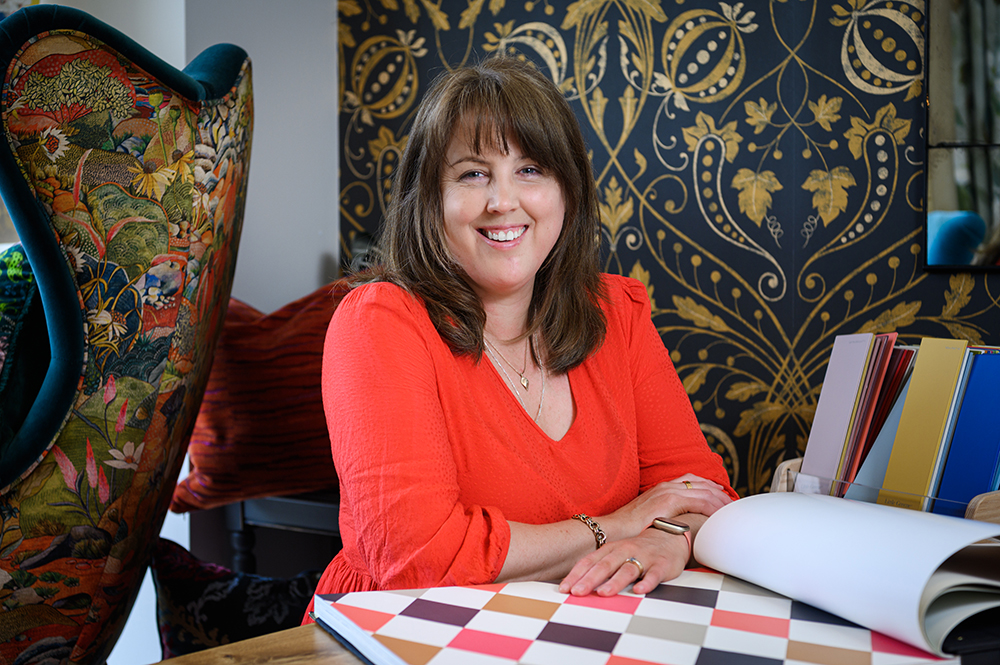
In today's competitive business landscape, creating a visually appealing and functional commercial environment is crucial for success. This is where the expertise of an interior designer comes into play. An interior designer can transform your space, making it more inviting, efficient, and conducive to productivity.
Understanding Your Business Needs: The first step in transforming your commercial space is to understand your business needs. An interior designer for commercial will work closely with you to determine your goals, branding, and budget. They will take into account factors such as the nature of your business, target audience, and functionality requirements.
Creating a Functional Layout: A well-designed commercial space should have a layout that maximizes functionality and efficiency. An interior designer will carefully assess the available space and create a layout that optimizes workflow and minimizes wastage.
Enhancing the Aesthetic Appeal: One of the key roles of an interior designer is to enhance the aesthetic appeal of your commercial environment. They will consider factors such as color schemes, lighting, and furniture to create a visually pleasing space that reflects your brand identity.
The interior designer will select colors that evoke the desired emotions and create a positive atmosphere. They will also carefully choose lighting fixtures to provide the right amount of illumination and create a warm and welcoming ambiance.
Creating a Memorable Customer Experience: Commercial spaces that provide a memorable customer experience have a greater chance of attracting and retaining customers. An interior designer can help create a space that leaves a lasting impression on your customers.
They will consider elements such as signage, branding, and customer flow to create a seamless and immersive experience. The interior designer will strategically place signage to guide customers and create brand awareness.
Utilizing Sustainable Design Practices: In today's environmentally conscious world, sustainable design practices have become increasingly important. An interior designer can incorporate sustainable design elements into your commercial space, reducing your environmental footprint.
They will consider factors such as energy-efficient lighting, eco-friendly materials, and water-saving fixtures. By incorporating sustainable design practices, you can not only contribute to a greener planet but also attract environmentally conscious customers.
Collaborating with Other Professionals: Transforming a commercial space often requires collaboration with other professionals such as architects, contractors, and vendors. An interior designer can act as a liaison between these professionals, ensuring that the design vision is executed seamlessly.
They will coordinate with architects to ensure that the design meets structural requirements and safety regulations. They will also work closely with contractors and vendors to ensure that the design is implemented according to specifications.